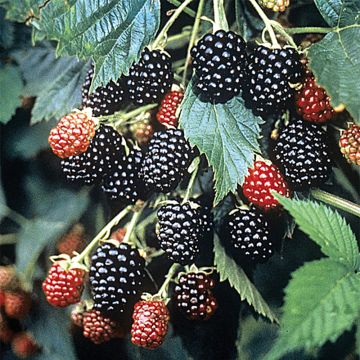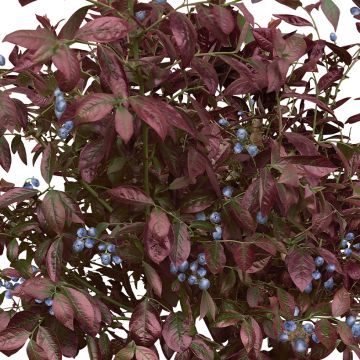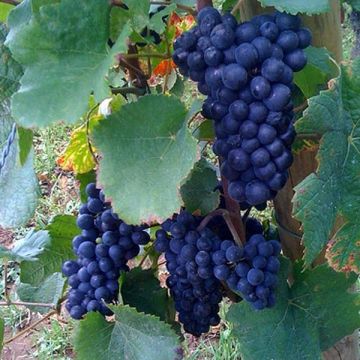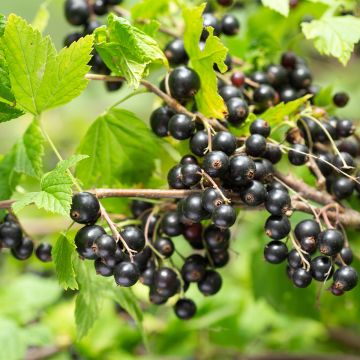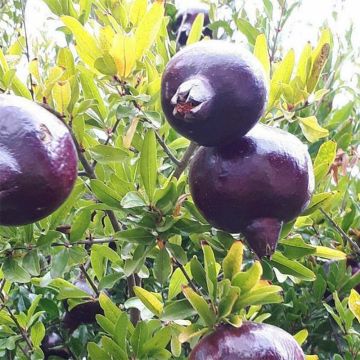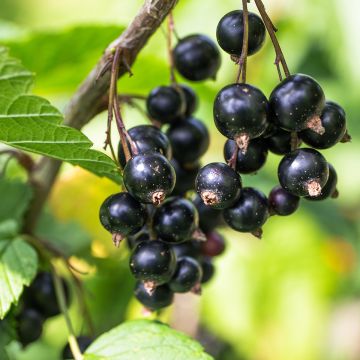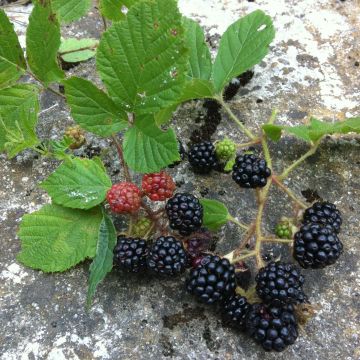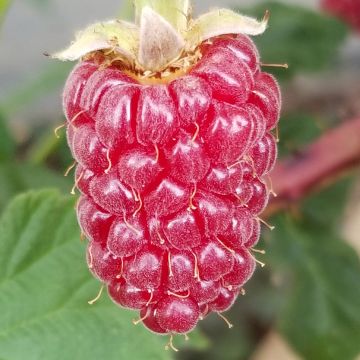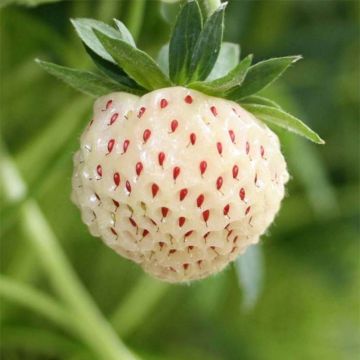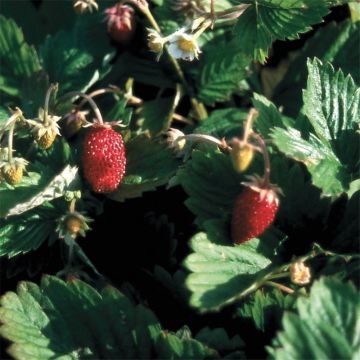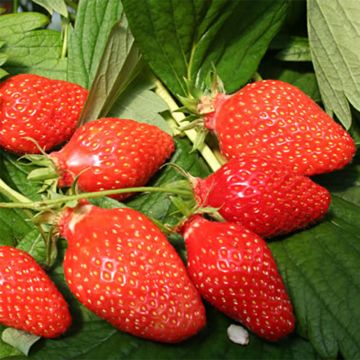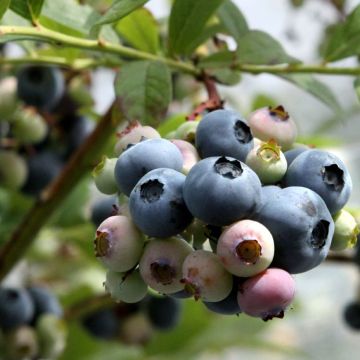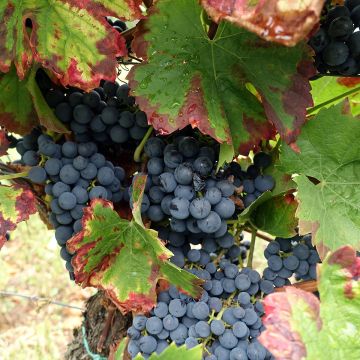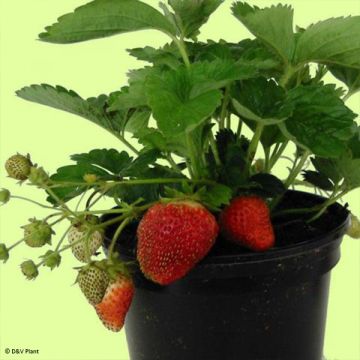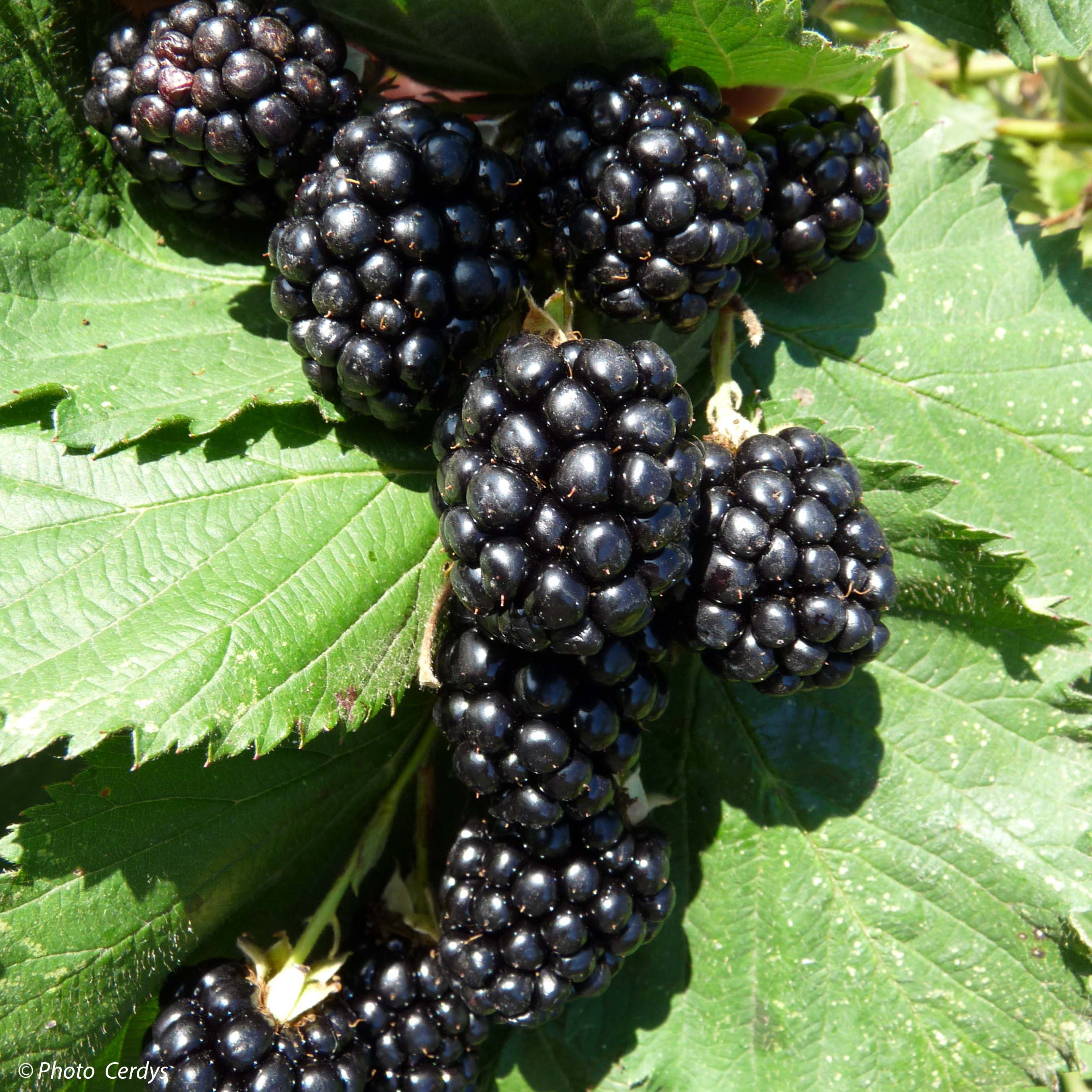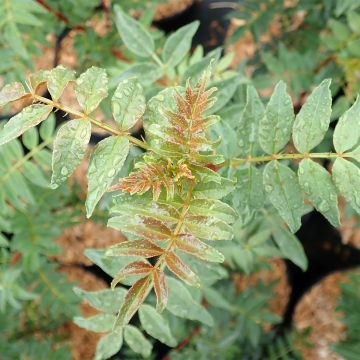Plantfit
Log in / Register
Existing customer?
New customer?
Create an account to track your orders, access our customer service and, if you wish, make the most of our upcoming offers.
My Account
Hello
Shipping country and language
Your country of residence may be:
For a better user experience on our website, you can select:
Your shipping country:
Andorra
Austria
Belgium
Bulgaria
Croatia
Czechia
Denmark
Estonia
Finland
France
Germany
Greece
Hungary
Iceland
Ireland
Italy
Latvia
Lithuania
Luxembourg
Monaco
Netherlands
Poland
Portugal
Romania
Slovakia
Slovenia
Spain
Sweden
Switzerland
Language:
French
English


Actinidia chinensis
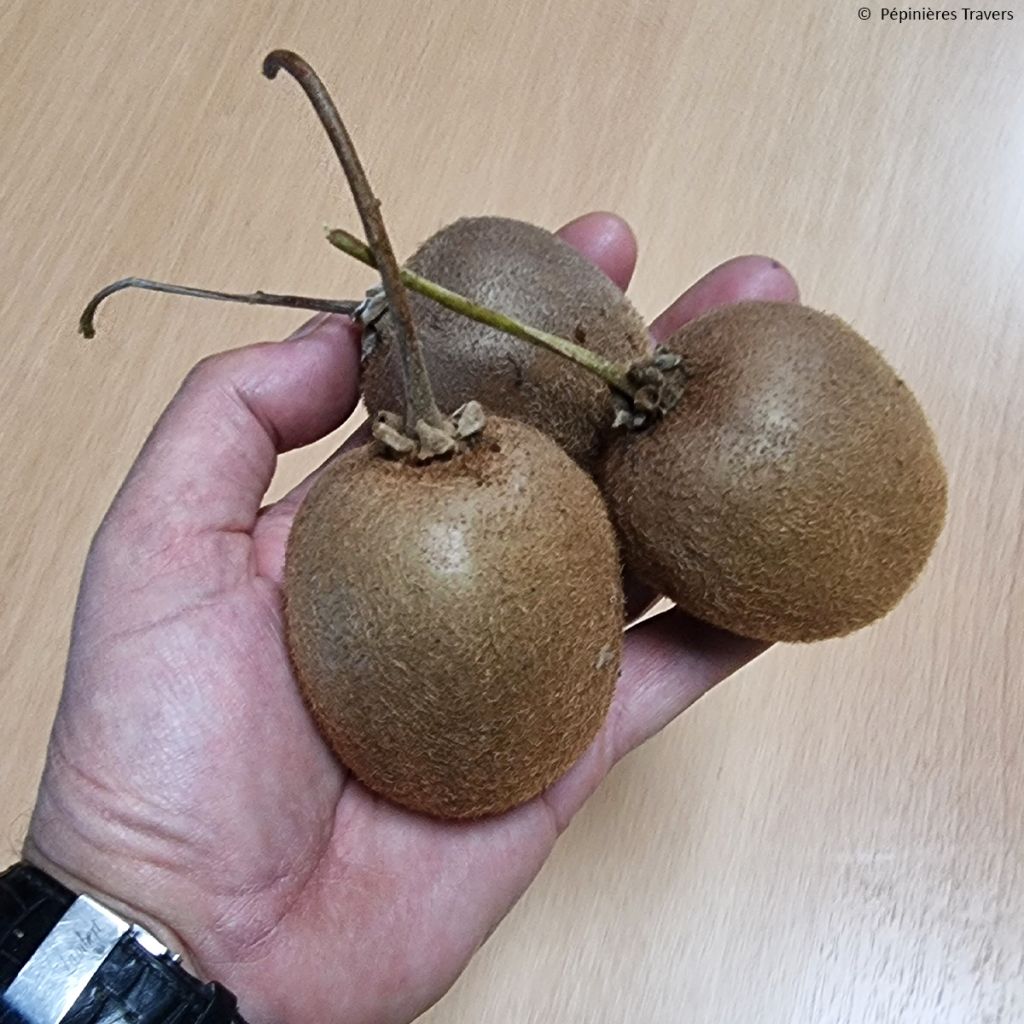

Actinidia chinensis
Actinidia chinensis
Actinidia chinensis
Chinese gooseberry, kiwi fruit
Thanks to the individuals (for order preparation and shipping), Kiwi planted, close to a wall, I am now patiently waiting for it to take root... (or not?).
Thierry, 03/10/2023
Order in the next for dispatch today!
Dispatch by letter from 3,90 €.
Delivery charge from 5,90 € Oversize package delivery charge from 6,90 €.
More information
This item is not available in your country.
Shipping country:
 Andorra
Andorra Austria
Austria Belgium
Belgium Bulgaria
Bulgaria Croatia
Croatia Czechia
Czechia Denmark
Denmark Estonia
Estonia Finland
Finland France
France Germany
Germany Greece
Greece Hungary
Hungary Iceland
Iceland Ireland
Ireland Italy
Italy Latvia
Latvia Lithuania
Lithuania Luxembourg
Luxembourg Monaco
Monaco Netherlands
Netherlands Poland
Poland Portugal
Portugal Romania
Romania Slovakia
Slovakia Slovenia
Slovenia Spain
Spain Sweden
Sweden Switzerland
SwitzerlandSelect delivery date,
and select date in basket
This plant carries a 6 months recovery warranty
More information
We guarantee the quality of our plants for a full growing cycle, and will replace at our expense any plant that fails to recover under normal climatic and planting conditions.
From 5,90 € for pickup delivery and 6,90 € for home delivery
Express home delivery from 8,90 €.
From 5,90 € for pickup delivery and 6,90 € for home delivery
Express home delivery from 8,90 €.
Description
Actinidia chinensis is a self-fertile variety of kiwi, which can bear fruit on its own, without the presence of another kiwi plant nearby. It is a wise choice for a small-sized garden. Its vigorous liana is both fruit-bearing and decorative. It quickly produces generous quantities of large fruits on voluble stems that can reach lengths of 7 to 8m (23 to 26ft). In May-June, its beautiful white flowers are pleasantly scented. The sweet and juicy fruits, with green flesh, ripen in late October-early November. Plant in a warm, sunny location, in rich and moist soil, preferably non-calcareous.
It is a recent French horticultural creation, which produces larger fruits than the female variety 'Hayward', widely planted in gardens. Its ancestor, Actinidia chinensis or A. deliciosa, also known as Chinese gooseberry, yang tao, or vegetable mouse, belongs to the Actinidiaceae family. Originating from China, the kiwi is a vigorous climbing liana, capable of growing up to 3m (10ft) per year under favourable conditions. This climbing plant must be trained on a solid support, such as a wall with sturdy wires, a trellis, a pergola, a tree trunk, or a fence. It usually requires pruning to control its growth.
The kiwi is very hardy, down to approximately -15°C (5°F). However, it is sensitive to late frosts: its buds freeze at -5°C (23°F). Its foliage is deciduous, falling off in winter and reappearing in spring. The stems bear large, ovate and entire leaves, dark matte green on top, lighter underneath, covered by small red hairs.
The first significant harvest appears as early as the third year of cultivation, after a spring flowering in clusters of flowers on the previous year's branches. The fragrant flowers with wide petals are cream-white with numerous yellow stamens.
Kiwi is rich in vitamin C, fibre, and minerals such as potassium, magnesium, and calcium.
The harvest takes place around November, before the frost.
Actinidia chinensis in pictures


Plant habit
Fruit
Flowering
Foliage
Botanical data
Actinidia
chinensis
Actinidiaceae
Chinese gooseberry, kiwi fruit
Cultivar or hybrid
Planting and care
Ideally, plant in autumn, but it can be planted all year round outside of freezing periods. It thrives in moist, rich, light, and well-drained, non-calcareous soil. The plant fears stagnant humidity and drought, and its foliage turns yellow in calcareous soil. Place it in a sunny position, sheltered from strong winds.
Space the plants 3 to 4m (10 to 13ft) apart. Dig a hole 50cm (20in) in all directions. Spread a layer of gravel at the bottom, then a layer of soil mixed with turf or compost. Place the root ball (the collar of the plant should be at ground level) and cover with soil. Provide a sturdy support for its voluble branches to climb. Firmly pack the soil and water generously. It has running roots, which develop horizontally under the surface of the soil, requiring light surface hoeing, if necessary. Mulch the plants for the first three winters.
It requires little maintenance. Provide regular watering. During periods of high heat, water it 1 to 2 times a week. Once established and rooted, the plant can manage on its own and becomes less water-hungry, except in very hot and dry regions in summer. At the end of winter, lightly dig in organic fertiliser or well-rotted manure at the base of the plant. Train the stems as they grow by tying them to the support without tightening too much. They will wrap around the support.
Resistant to insects and pests, it can still be susceptible to red spider mites in a hot and dry environment. To eliminate them, lightly mist the foliage and soil regularly.
Planting period
Intended location
Care
- , onOrder confirmed
Reply from on Promesse de fleurs
Berries
Haven't found what you were looking for?
Hardiness is the lowest winter temperature a plant can endure without suffering serious damage or even dying. However, hardiness is affected by location (a sheltered area, such as a patio), protection (winter cover) and soil type (hardiness is improved by well-drained soil).

Photo Sharing Terms & Conditions
In order to encourage gardeners to interact and share their experiences, Promesse de fleurs offers various media enabling content to be uploaded onto its Site - in particular via the ‘Photo sharing’ module.
The User agrees to refrain from:
- Posting any content that is illegal, prejudicial, insulting, racist, inciteful to hatred, revisionist, contrary to public decency, that infringes on privacy or on the privacy rights of third parties, in particular the publicity rights of persons and goods, intellectual property rights, or the right to privacy.
- Submitting content on behalf of a third party;
- Impersonate the identity of a third party and/or publish any personal information about a third party;
In general, the User undertakes to refrain from any unethical behaviour.
All Content (in particular text, comments, files, images, photos, videos, creative works, etc.), which may be subject to property or intellectual property rights, image or other private rights, shall remain the property of the User, subject to the limited rights granted by the terms of the licence granted by Promesse de fleurs as stated below. Users are at liberty to publish or not to publish such Content on the Site, notably via the ‘Photo Sharing’ facility, and accept that this Content shall be made public and freely accessible, notably on the Internet.
Users further acknowledge, undertake to have ,and guarantee that they hold all necessary rights and permissions to publish such material on the Site, in particular with regard to the legislation in force pertaining to any privacy, property, intellectual property, image, or contractual rights, or rights of any other nature. By publishing such Content on the Site, Users acknowledge accepting full liability as publishers of the Content within the meaning of the law, and grant Promesse de fleurs, free of charge, an inclusive, worldwide licence for the said Content for the entire duration of its publication, including all reproduction, representation, up/downloading, displaying, performing, transmission, and storage rights.
Users also grant permission for their name to be linked to the Content and accept that this link may not always be made available.
By engaging in posting material, Users consent to their Content becoming automatically accessible on the Internet, in particular on other sites and/or blogs and/or web pages of the Promesse de fleurs site, including in particular social pages and the Promesse de fleurs catalogue.
Users may secure the removal of entrusted content free of charge by issuing a simple request via our contact form.
The flowering period indicated on our website applies to countries and regions located in USDA zone 8 (France, the United Kingdom, Ireland, the Netherlands, etc.)
It will vary according to where you live:
- In zones 9 to 10 (Italy, Spain, Greece, etc.), flowering will occur about 2 to 4 weeks earlier.
- In zones 6 to 7 (Germany, Poland, Slovenia, and lower mountainous regions), flowering will be delayed by 2 to 3 weeks.
- In zone 5 (Central Europe, Scandinavia), blooming will be delayed by 3 to 5 weeks.
In temperate climates, pruning of spring-flowering shrubs (forsythia, spireas, etc.) should be done just after flowering.
Pruning of summer-flowering shrubs (Indian Lilac, Perovskia, etc.) can be done in winter or spring.
In cold regions as well as with frost-sensitive plants, avoid pruning too early when severe frosts may still occur.
The planting period indicated on our website applies to countries and regions located in USDA zone 8 (France, United Kingdom, Ireland, Netherlands).
It will vary according to where you live:
- In Mediterranean zones (Marseille, Madrid, Milan, etc.), autumn and winter are the best planting periods.
- In continental zones (Strasbourg, Munich, Vienna, etc.), delay planting by 2 to 3 weeks in spring and bring it forward by 2 to 4 weeks in autumn.
- In mountainous regions (the Alps, Pyrenees, Carpathians, etc.), it is best to plant in late spring (May-June) or late summer (August-September).
The harvesting period indicated on our website applies to countries and regions in USDA zone 8 (France, England, Ireland, the Netherlands).
In colder areas (Scandinavia, Poland, Austria...) fruit and vegetable harvests are likely to be delayed by 3-4 weeks.
In warmer areas (Italy, Spain, Greece, etc.), harvesting will probably take place earlier, depending on weather conditions.
The sowing periods indicated on our website apply to countries and regions within USDA Zone 8 (France, UK, Ireland, Netherlands).
In colder areas (Scandinavia, Poland, Austria...), delay any outdoor sowing by 3-4 weeks, or sow under glass.
In warmer climes (Italy, Spain, Greece, etc.), bring outdoor sowing forward by a few weeks.

